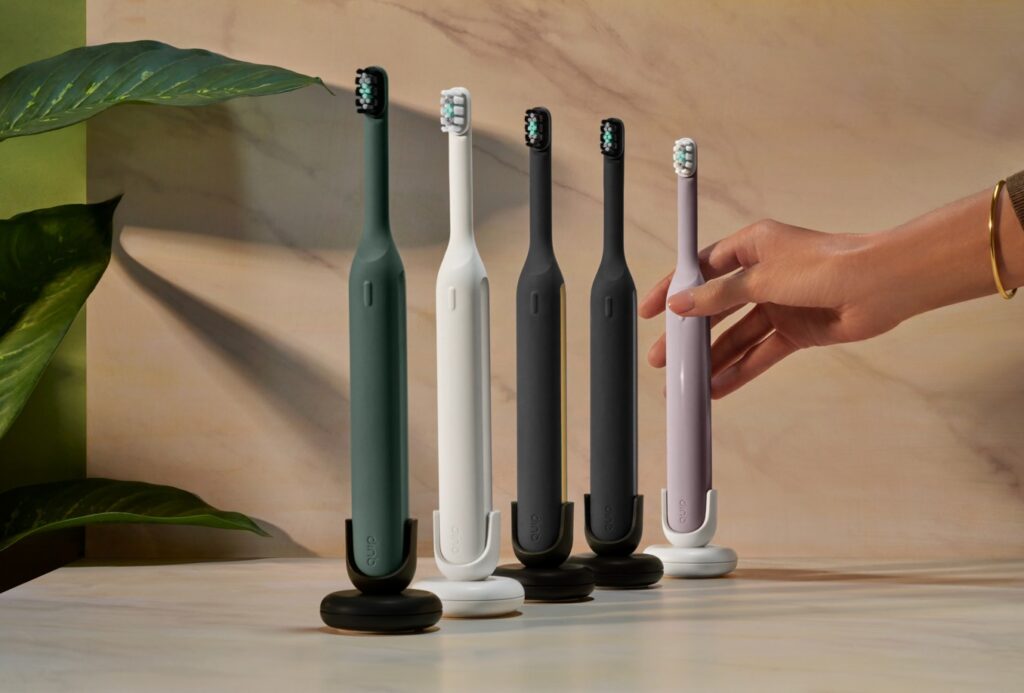Customers who feel the urge to beef up their home storage solutions while they’re away from home can get the products they need over their mobile phones, now that national storage retailer The Container Store has rolled out an mcommerce site offering its entire inventory for purchase over mobile handsets.
The launch earlier this month of a mobile-optimized Web site came about in part because The Container Store was seeing growing numbers of visitors accessing its main Web site via mobile handset. “We had definitely seen growth in people accessing our site over mobile devices in the past year,” says Catherine Davis, director of direct marketing for the Dallas-based chain, with 50 U.S. locations. “In fact, over the past year, the number of people doing exactly that had doubled.”
But in addition, taking Container Store’s Web sales mobile fit the brand’s mission and image neatly enough that it also made sense from a branding standpoint.
“We’re all about helping our customers get organized and ultimately saving them time, and this just fell in with a bevy of other services we offer to make it easier for people to shop with us,” Davis says. “We want to be there and available when a customer has an inspiration and requires a solution, and a lot of us these days are using our mobile devices in the same way we would have used our home computer in the past.”
As designed and managed by mobile platform provider Usablenet, the new Container Store mobile site automatically detects when someone is accessing the brand’s main Web site via handset and directs them to the optimized site. The home screen features a search box of the brand’s 10,000-SKU inventory, a large merchandising space for a product photo and current promotion 9 at press time a “Love Your Luggage” Sale), and two large buttons that let visitors either shop buy category or shop within the Elfa line of storage products, Container Store’s most popular brand.
A store locator button at the bottom of the page lets users find a list of their nearest container Store outlets, with pictures, distances, directions via Google Maps and the ability to click to call the store.
The relatively spare home page allows the site to load quickly—one early pain point at which mcommerce visitors sometimes fall out of a site.
Shoppers can view the product ratings and reviews contributed by others, and they can also take mobile advantage of the same Click & Pickup feature that the brand’s Web shoppers can now use. Mobile customers can also check on the availability of the product they want at the Container Store outlet of their choice.
To publicize its new mobile site, the container Store ran an ad in the New York Times earlier this month. The brand has also sent word of the new mobile site to its email opt-in list, is highlighting the mobile option on its Facebook page and in its corporate blog and will promote the site in bag stuffers throughout the coming summer.
Davis says that The Container Store deliberately chose to move its site to mobile rather than build an app that only smartphone users could access. “We felt like the foundation of our effort was really to make our entire site accessible to all our customers,” she says. “I wouldn’t rule out the possibility of an app in the future, but we felt that making the whole site more easily accessible on mobile was the right first step.”
Usablenet worked with The Container Store to port Click & Pickup, in-stock availability and other elements to a mobile presence. “Our approach is to work with clients to identify what key features and functions they want to bring over to the mobile user, and then to act as the presentation layer to make sure of the success of that mobile experience on every devices,” says Jason Taylor, vice president of mobile products for the solution provider.
Usablenet was able to integrate all the desired features from Container Store’s main site without requiring a special feed to the mobile site. “Our role is then to bring that mobile experience to every phone worldwide, and support a view that works well not just on an iPhone in the U.S. but on a Nokia device in Japan,” says Taylor.
Some of those Web features actually take on additional value when migrated to mobile, he adds. For example, The Container Store put a lot of investment into the in-store availability feature. It’s a complicated back-end process to keep track of inventory down to the store level; and if it breaks down, you risk very unhappy empty-handed customers.
“Because of our approach, all the feeds our clients get in their Web channel can simply be optimized for mobile,” Taylor says. “We don’t build a new mobile channel from scratch but leverage what clients have already built. And that ability to check on in-store availability is, if anything, even more valuable in mobile than on the Web.”
That’s because many units in the container Store chain allow users to order online and then call ahead for curbside delivery, according to Davis. Users can browse, order, pay for and pick up their purchases, all without leaving the driver’s seat if they wish.
 Network
Network

